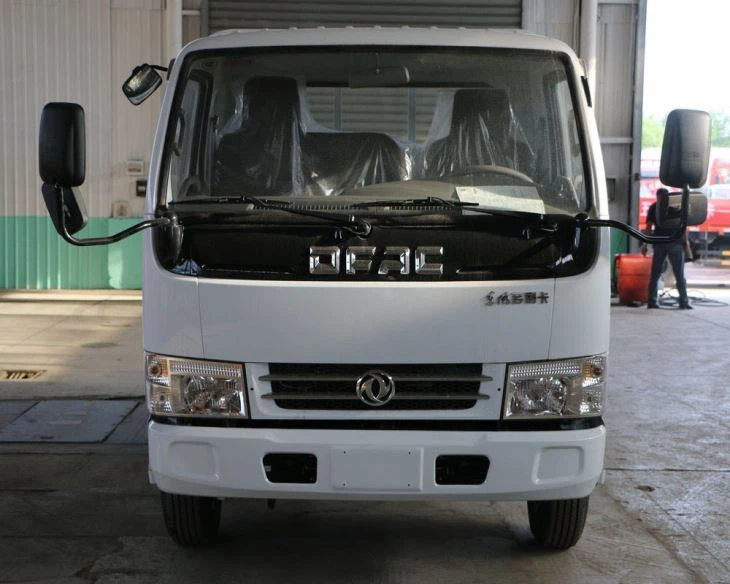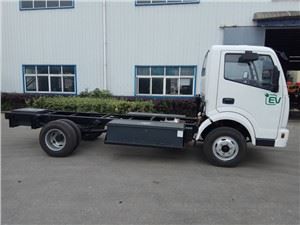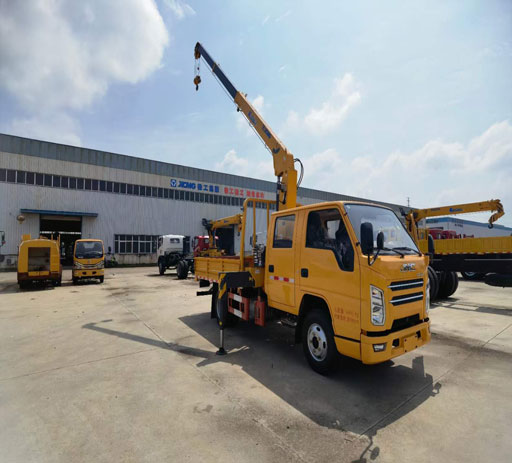Understanding Cooking Gas Tanks: A Comprehensive Guide

Cooking gas tanks are an essential component of modern kitchens, providing the energy needed for various cooking tasks. This article delves into everything you need to know about cooking gas tanks, from types and safety measures to maintenance tips and FAQs.
What is a Cooking Gas Tank?
A cooking gas tank, also known as a gas cylinder or propane tank, is a storage container for liquefied petroleum gas (LPG), primarily used for cooking and heating purposes. These tanks are designed to keep gas in a liquid state under pressure and release it as a vapor when required for use.
Types of Cooking Gas Tanks
1. LPG Cylinders
LPG cylinders are the most common type of cooking gas tanks found in households. They come in various sizes, typically ranging from 5 kg to 15 kg, catering to different cooking needs. LPG is a mixture of propane and butane, offering an efficient and cost-effective fuel option.
2. Natural Gas Tanks
Natural gas tanks are less common for domestic use in areas where natural gas pipelines are available. Instead of cylinders, they are connected directly to the home supply, providing a constant flow of gas without the need for refilling.
3. Portable Gas Tanks
Portable gas tanks are smaller units designed for camping and outdoor cooking. They are lightweight and easy to transport, making them ideal for picnics and tailgating. These tanks usually come in a standard size of around 1 kg or less.
Choosing the Right Cooking Gas Tank
Considerations for Selection
1. Household Size
Evaluate your household size and cooking habits. Larger families or regular cooks may require larger cylinders, while single individuals or small families may opt for smaller tanks.
2. Fuel Type
Decide between LPG and natural gas based on availability in your area. LPG offers portability, while natural gas can be more convenient if you have a direct pipeline.
3. Safety Standards
Ensure that the cylinder meets safety standards and is certified by relevant authorities. Check for proper labeling as it indicates compliance with safety regulations.
Safety Precautions When Using Cooking Gas Tanks
General Safety Tips
- Always store cooking gas tanks in an upright position in a well-ventilated area.
- Avoid exposing gas cylinders to extreme heat or direct sunlight.
- Periodically inspect the cylinder for leaks by applying soapy water on the valve and fittings. A bubble formation indicates a leak.
- Keep flammable materials away from gas tanks to reduce fire risk.
Signs of a Gas Leak
Be aware of these signs to act swiftly:

- Smell of gas (a distinctive sulfur odor).
- Hissing noise near the cylinder.
- Unexplained increase in gas consumption.
Storing and Refilling Cooking Gas Tanks
Storage Guidelines
A proper storage method is crucial for safety:
- Always keep the cylinder upright and secure it to prevent tipping.
- Store in a dry place away from ignition sources.
- Ensure adequate space around the cylinder to allow for air circulation.
Refilling Process
The refilling of gas tanks is often done at dedicated gas stations or authorized dealers. Here’s a quick overview of the refilling process:
- Bring the empty cylinder to the refill station.
- Ensure that the cylinder is checked for damages.
- The attendant will refill the tank, following safety protocols.
- Always check the weight of the cylinder post-refill to ensure it is adequately filled.
Maintenance Tips for Cooking Gas Tanks
Routine Checks
Regular inspections and maintenance can prolong the life of your gas tank:
- Inspect the tank for corrosion or damage every few months.
- Ensure the safety valve and fittings are in good condition.
- Clean the outside of the tank regularly to avoid rust accumulation.
Professional Servicing
Consider professional servicing once a year to ensure the tank is in excellent condition, focusing particularly on the valve and hose connections.
Understanding Gas Consumption and Efficiency
Factors Influencing Gas Consumption
The gas consumption rate varies based on:
- The type of cooking appliance (stove, oven, etc.).
- The size of the cooking pot or pan.
- Cooking methods (boiling, frying, etc.).
Improving Efficiency
To maximize efficiency, consider the following tips:
- Use flat-bottomed pans matching the burner size.
- Keep the burner clean to ensure optimal gas flow.
- Cover pots while cooking to retain heat and reduce gas usage.
Environmental Impact of Cooking Gas
Comparing Cooking Gas to Other Fuels
| Fuel Type | Environmental Impact | Efficiency |
|---|---|---|
| LPG | Lower CO2 emissions compared to coal and wood. | Very efficient for cooking and heating. |
| Natural Gas | Cleaner than LPG with minimal emissions. | High efficiency for consistent heating. |
| Electricity | Depends on the energy source; higher emissions from fossil fuels. | Varies by appliance efficiency. |
Promoting Sustainable Practices

To further reduce environmental impact, consider switching to renewable energy sources when possible and utilizing energy-efficient appliances.
Legal Regulations and Safety Standards
Understanding Compliance Requirements
Different countries have specific regulations governing the use and storage of cooking gas tanks. It’s crucial to familiarize yourself with:
- The specifications for cylinder design.
- Installation guidelines for appliances.
- Safe handling and transportation measurements.
Reporting Violations
If you encounter unsafe practices or unregistered vendors, report them to local authorities to ensure compliance and safety in your community.
Frequently Asked Questions (FAQs)
1. How long does a cooking gas tank last?
The lifespan of a cooking gas tank largely depends on usage. However, a typical 15 kg LPG cylinder can last anywhere from 1 to 3 months for an average family.
2. Can I store cooking gas tanks indoors?
No, it is not advisable to store gas tanks indoors as they need proper ventilation. Always store them in an open and dry area.
3. What should I do if I smell gas?
If you smell gas, immediately turn off the gas supply, ventilate the area, and evacuate. Contact your gas supplier or emergency services right away.
4. Are there size restrictions for cooking gas tanks?
Many regions have size restrictions for residential gas tanks to ensure safety. Consult local regulations for guidance on allowable tank sizes.

5. How can I tell if my cooking gas tank is empty?
Generally, you can check the weight of the tank, use a gas gauge, or apply the water test on the tank to determine the gas level.
6. Is it more cost-effective to use LPG or natural gas?
The cost-effectiveness depends on local pricing and availability. Generally, LPG tends to be more expensive than natural gas, but can be more efficient for some users.
